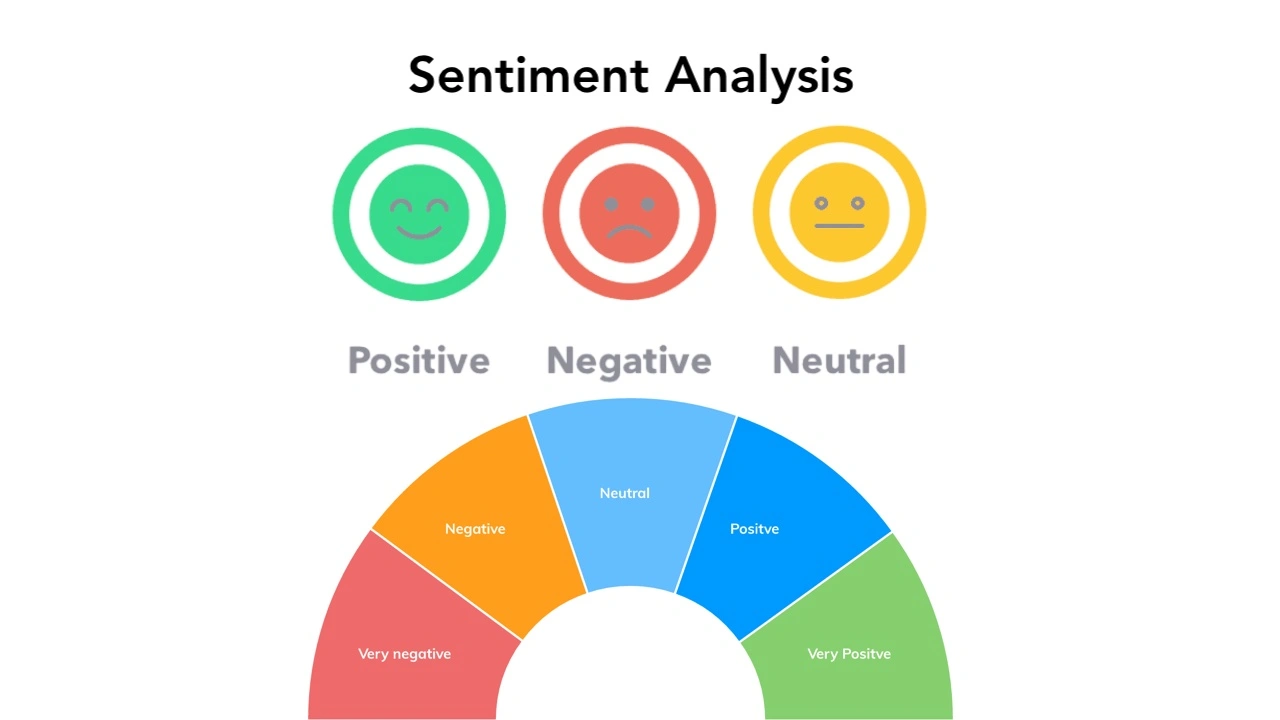Businesses have access to vast amounts of text data from various sources, such as social media, online reviews, and customer feedback. However, extracting meaningful insights from this unstructured data can be challenging. This is where sentiment analysis comes into play, a powerful tool that helps organizations understand public opinion and sentiment towards their products, services, or brand.
What is Sentiment Analysis?
Sentiment analysis, also known as opinion mining, is a natural language processing (NLP) technique that analyzes text data to determine the underlying sentiment, emotion, or opinion expressed. It goes beyond simple keyword matching and employs advanced algorithms to identify the tone and context of the text.
By leveraging sentiment analysis, businesses can gain valuable insights into customer satisfaction, brand perception, and market trends. This knowledge can inform strategic decisions, product development, and targeted marketing campaigns.
The Process of Sentiment Analysis
Sentiment analysis typically involves several steps, including data collection, text preprocessing, sentiment classification, and result interpretation.
Data Collection:
The first step is to gather relevant text data from various sources, such as social media platforms, review websites, customer feedback forms, or online forums.
Text Preprocessing:
Before analyzing the text, it is essential to preprocess the data. This includes tasks like removing irrelevant characters, handling misspellings, and tokenizing the text into smaller units (e.g., words, phrases).
Sentiment Classification:
At the core of sentiment analysis is the sentiment classification step. This involves using machine learning algorithms or lexicon-based approaches to classify the sentiment expressed in the text as positive, negative, or neutral.
Machine Learning Approaches:
These techniques involve training a model on label data, where the sentiment is already known. The model then learns patterns and features that distinguish positive, negative, and neutral sentiments.
Lexicon-based Approaches:
These methods utilize predefined sentiment lexicons or dictionaries that associate words or phrases with sentiment scores. The overall sentiment is determined by combining the scores of individual words or phrases in the text.
Result Interpretation:
Once the sentiment classification is complete, the results is analyse and visualise to gain insights into public opinion. This may involve identifying trends, hotspots, or areas of concern, as well as tracking sentiment over time.
Applications of Sentiment Analysis
Sentiment analysis has a wide range of applications across various industries:
Brand Monitoring:
Companies can monitor social media and online platforms to gauge public sentiment towards their brand, products, or services. This allows them to address concerns, identify potential issues, and develop targeted marketing strategies.
Customer Experience Management:
By analyzing customer feedback and reviews, businesses can understand customer satisfaction levels, identify pain points, and make improvements to their products or services.
Market Research:
Sentiment analysis can provide valuable insights into market trends, consumer preferences, and competitive landscapes, helping businesses make informed decisions about product development, pricing, and positioning.
Political and Social Analysis:
Sentiment analysis can be used to understand public opinion on political issues, social movements, or current events, enabling policymakers, activists, and journalists to gauge public sentiment and tailor their messaging accordingly.
Statistics and Resources:
- According to a report by Stratistics MRC, the global sentiment analysis market is expected to grow at a CAGR of 19.2% between 2022 and 2028, reaching $6.8 billion by 2028 (Source: https://www.strategymrc.com/report/sentiment-analysis-market).
- A study by Gartner found that by 2025, 60% of organizations will use sentiment analysis tools to monitor customer feedback and sentiment (Source: https://www.gartner.com/en/newsroom/press-releases/2021-05-24-gartner-predicts-60–of-organizations-will-use-sentiment-analysis-tools-by-2025).
As businesses continue to generate and collect vast amounts of text data, sentiment analysis will become increasingly crucial for understanding customer preferences, monitoring brand reputation, and making data-driven decisions. By harnessing the power of natural language processing and machine learning, organizations can gain a competitive edge and deliver exceptional customer experiences.
